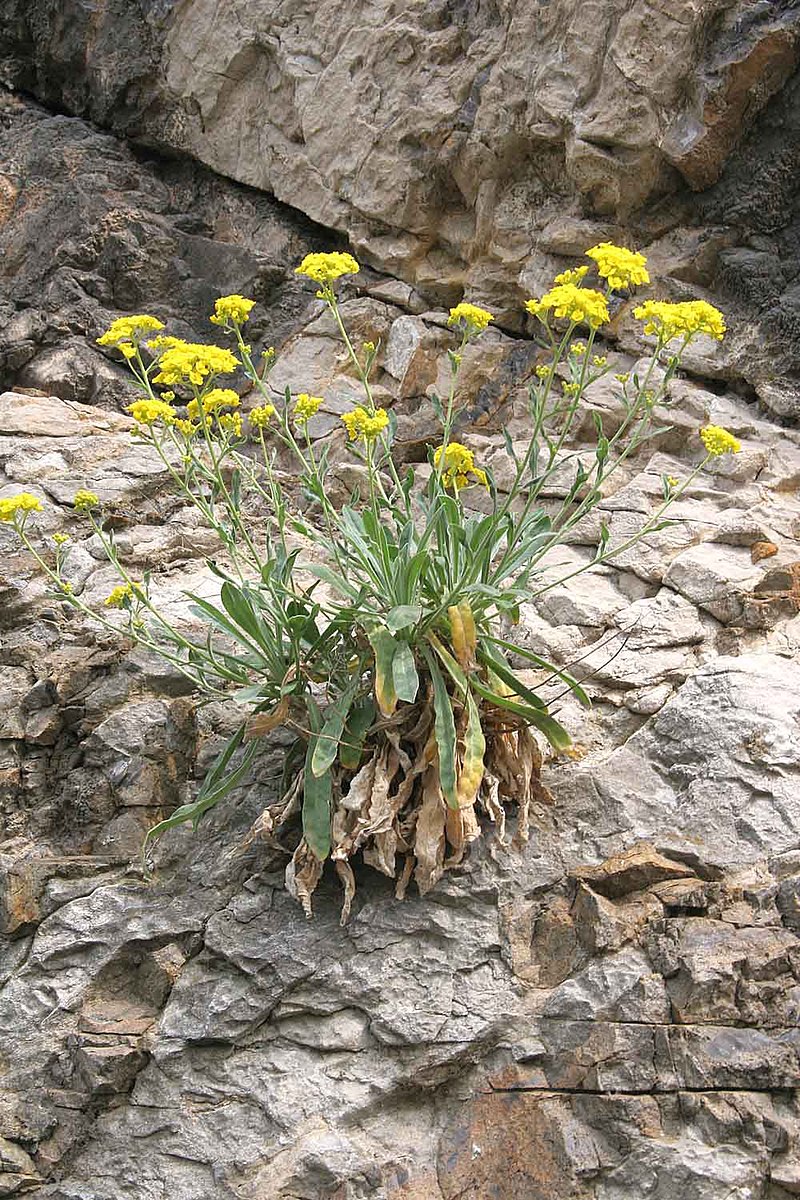The silver lining to this year's prolonged dry spell is that it is a great year for looking at the flora of the drawdown zone around Skelton Lake (VC63 and 64). Most years, summer rain raises water levels again before things have had long enough to develop to their full potential.
Of course, my first port of call was to have the annual check on Grass-poly (Lythrum hyssopifolium). I could only find one, perhaps too dry for germination, but it might have a late flush with a bit of rain.
It seems to be a really good year for Golden Dock (Rumex maritimus), and their are carpets of thousands of Mudwort (Limosella aquatica). Both present in the same corner of the lake as the Grass-poly as well as along the eastern shoreline.
Moving on, there was a cobble bar exposed in the river. In the absence of the usual dog walkers and swans it was worth an explore, and proved very rewarding. There were a surprising number of Tomato plants (Solanum lycopersicum), at least until considering the location downstream of the outfall for the Knostrop sewage works. Also, large numbers of Fig-leaved Goosefoot (Chenopodium ficifolium) growing with Red Goosefoot (Oxybasis rubra) and the best find Striped Goosefoot (Chenopodium strictum agg. - this would key to C. striatum using Sell & Murrell and is the prevailing form locally). Like most goosefoots, the development of the stripes and red coloration on the latter species seems a bit hit and miss in Yorkshire, I suspect we just don't get enough heat for long enough.
Another good find in the river was the riparian form of Pale Persicaria (Persicaria lapathifolia subsp. lapathifolia) - easily mistaken for a more exotic species if not aware of how different it looks from the typical arable field form (subsp. pallida). It comes up around Skelton Lake most years and it is always nice to meet this graceful plant again, with its drooping flower heads, spotty stems and 'knobbly knees'. Nearby there was an unusually pale form of Linseed (Linum usitatissimum), also well as a few Marsh Dock (Rumex palustris).
Back over to the lake, there were two final treats. Sunflower (Helianthus annuus) and Grey Fat-hen (Chenopodium pseudoborbasii). The latter is a controversial Sell & Murrell segregate, but I've seen this small species a lot this year and it seems to be widespread, distinct/distinctive (more so than the widely accepted Swedish Fat-hen, Chenopodium suecicum) with its grey colouration and leaf shape, and relatively uniform in morphology. Albeit, in the latter case, its worth noting there are two forms - single stem (f. pseudoborbasii) and branching from the base (f. ramosa). The two forms often occur in isolation, but sometimes they can be found together.





.JPG)






































